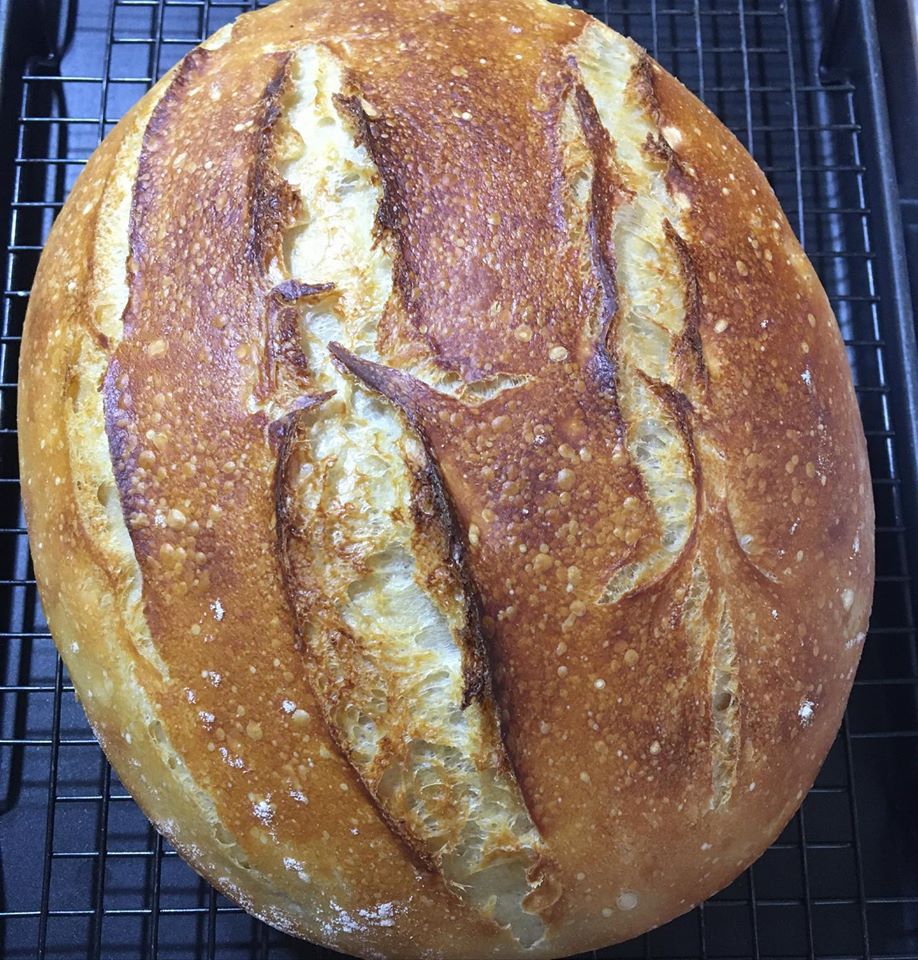
It seems that during these weeks of Covid-19 lockdown, people fall into 2 camps. Those who make sourdough and those who don’t. I used to be in the latter camp and didn’t understand what all the fuss was about, but after a week investing in a smelly starter on the bench, I’m now officially a sourdough baker.
What has sourdough got to do with lean? Well, it’s just a process. Lean is all about looking at processes, continuous improvement and the engagement of people. Judging by my first attempts at making sourdough, improvement was definitely required.
Successful organisations are those with a continuous improvement culture. But organisations are just made up of individuals. When managing change, we can look big picture (vision, skills requirement, incentives, resources, action plan etc.) and we can look at where each individual is at in the change process (awareness, desire, knowledge, ability or reinforcement). It’s the same with continuous improvement. In the case of me making sourdough, there is no big picture. I don’t have to get better at making bread. There are lots of great bakeries in South Melbourne. There’s no burning platform. For some reason I was invested in the process of making sourdough enough to want to get better at it. So why was that?
Engagement
I was engaged in the process, enjoying learning something new. I realise it’s only worth talking to other sourdough enthusiasts about it. Otherwise I can see their eyes glaze over (even over Zoom). If you’re not engaged, you’re not interested in improving. This applies to any process.
At a recent client, one of the team leaders regularly laughed at me when I got excited by the possibilities for improvement in some of her team’s processes. She didn’t get it but was happy to humour me during coaching sessions. A few months later, she came up with a brilliant idea to set up assembly stations for products, drastically reducing waste (in particular overproduction, waiting, motion & inventory) in the process. She was genuinely excited by the changes and the improvements and kept building on her successes.
The best ideas for improvement come from people within a process. They know the detail. They might need help with how to fix the problems, but they usually know what the problems are. I know a lot more about making sourdough by getting my hands dirty than I could ever learn from YouTube.
Control the inputs, not the output
Although organisations measure the outputs – safety stats, financial performance etc., these cannot be directly controlled in the same way the inputs can. Outputs are used to feedback whether the input control needs improving.
In making sourdough, the experts all recommended weighing the flour, feeding starter at the same time, keep the temperature the same ie control what you can. But as sourdough starter has life of its own and is variable, some inputs could not be controlled enough to guarantee a good result. This is where control points along the way are needed. Adjustments to time or temperature depending on how much the dough has risen etc. I learnt what to control and what to measure along the way to increase the chance of an Instagram-worthy product.
Feedback
It was exciting to see how the bread was going. Feedback was the sight of a great looking loaf coming out of the oven and in the tasting. Similarly as in the above example if the improvements can’t be measured there’s no real incentive to keep doing it. It’s why teams keep score, or you try to beat your PBs. We like feedback to see how we are doing.
In continuous improvement speak, we call that process PDCA, or Plan, Do, Check & Act. By checking results and making adjustments that feed into your next plan (or next batch of sourdough) you keep the feedback loop going and keep getting better.
So, making sourdough is just like any process. Control the inputs, measure the outputs and feedback results. Engage those within the process and get improvement ideas from them.
Making sourdough is better than many processes I’m usually improving though, as I get to eat the output.
